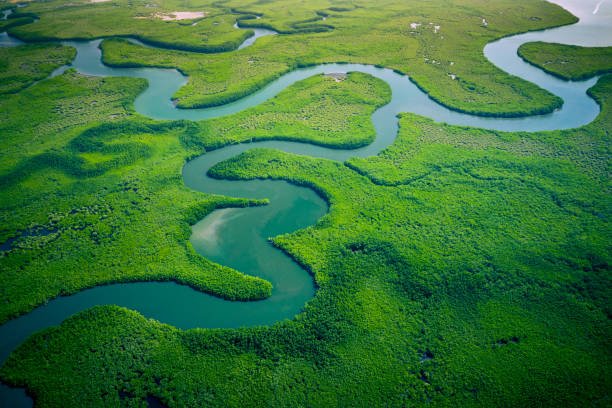On this page we list, possible solutions to the negative impact caused by human activities in the river. Have you ever gazed upon a river, marvelling at its serene flow and reflecting on the life it brings to the regions it touches? Rivers are not just sources of water; they are lifeblood, nourishing ecosystems, cultures, and economies across the world. However, in our rapid quest for development, many human activities have started to taint these pristine waterways, threatening not only the aquatic life but also communities that rely on these rivers.
South Africa Perspective: In the heart of South Africa, rivers play a pivotal role in both cultural and economic spheres. The Limpopo, the Orange, and the Vaal are just a few of the nation’s vital waterways that weave through its landscape, providing water resources to major cities and rural areas alike. Yet, like many other countries, South Africa grapples with the challenges of pollution, over-extraction, and habitat disruption in its river systems. The balance between harnessing rivers for development and preserving their ecological health is a fine line that the nation is learning to tread.
Possible Solutions to the Negative Impact Caused by Human Activities in the River
To mitigate the negative impacts of human activities on rivers, a combination of regulations, community actions, and innovative approaches are needed. Here are some effective solutions, complete with examples:
- Stricter Regulations: Governments can enforce regulations prohibiting industrial waste dumping. For instance, the Clean Water Act in the U.S. restricts pollutants’ direct discharge into waterways.
- Riparian Buffer Zones: Planting trees and shrubs along riverbanks, similar to the buffer zones along the Rhine in Europe, helps trap pollutants and prevents erosion.
- Educational Campaigns: Campaigns like WWF’s “Free-flowing rivers” initiative enlighten the public about river health and the perils of pollution.
- Recycling and Waste Management: Citywide initiatives, like Tokyo’s stringent recycling policies, can reduce waste that might end up in rivers.
- Stormwater Management: Cities like Portland, Oregon, have systems to treat stormwater runoff, which often carries pollutants, before it enters rivers.
- Water Quality Monitoring: Regular monitoring, like the Thames Water’s commitment to regularly assess the Thames River’s quality, helps in prompt detection of pollution.
- Sustainable Agriculture: Practices like terraced farming, popular in regions like Bali, can reduce the usage of chemicals and prevent soil erosion.
- Conservation Initiatives: The creation of protected zones, akin to the Danube River’s protected stretches, can limit detrimental human activity.
- Riverbank Restoration: Projects like South Korea’s Cheonggyecheon stream restoration in Seoul can rejuvenate areas degraded by human activities.
- Dams and Water Management: The Elwha Dam removal in Washington, U.S., is an example of modifying dam structures to restore natural river flows and support local ecosystems.
- Limit Urban Runoff: Green infrastructure, like Singapore’s ‘Bishan-Ang Mo Kio Park’, uses features like naturalised stormwater ponds to decrease urban runoff.
- Support Clean-up Drives: Community efforts like the annual Yamuna River clean-up drives in India help in physically removing accumulated waste.
- Promote Sustainable Fishing: Guidelines and quotas, like those in Norway’s salmon fisheries, ensure that fish stocks remain healthy.
- Invest in Research: Supporting research, similar to the Amazon Environmental Research Institute’s work in Brazil, informs best practices for river conservation.
Adopting such solutions, backed by real-world examples, showcases our global commitment to reversing the negative human impacts on our precious river ecosystems.
Rivers, with their meandering paths and relentless flow, remind us of the timeless beauty and vitality of nature. But they also serve as a mirror, reflecting back the impact of our actions, whether benevolent or detrimental. It’s essential to recognize our deep interdependence with these waterways and strive for a future where rivers continue to thrive, sustaining life in all its diversity. As we acknowledge the challenges faced by countries like South Africa and many others, let’s be inspired to come together, transcending borders and differences, in our shared mission to protect and honour these vital arteries of our planet.

